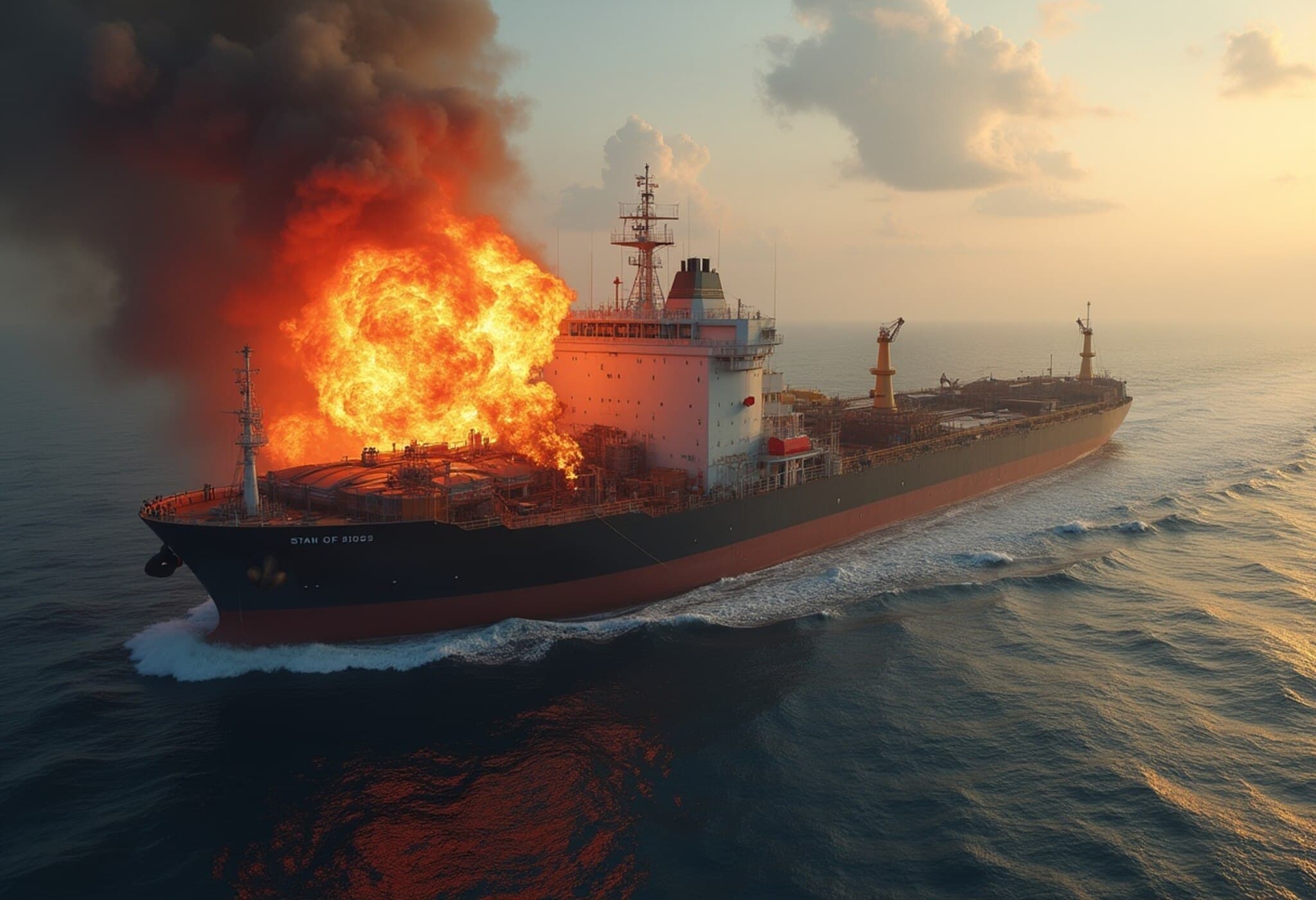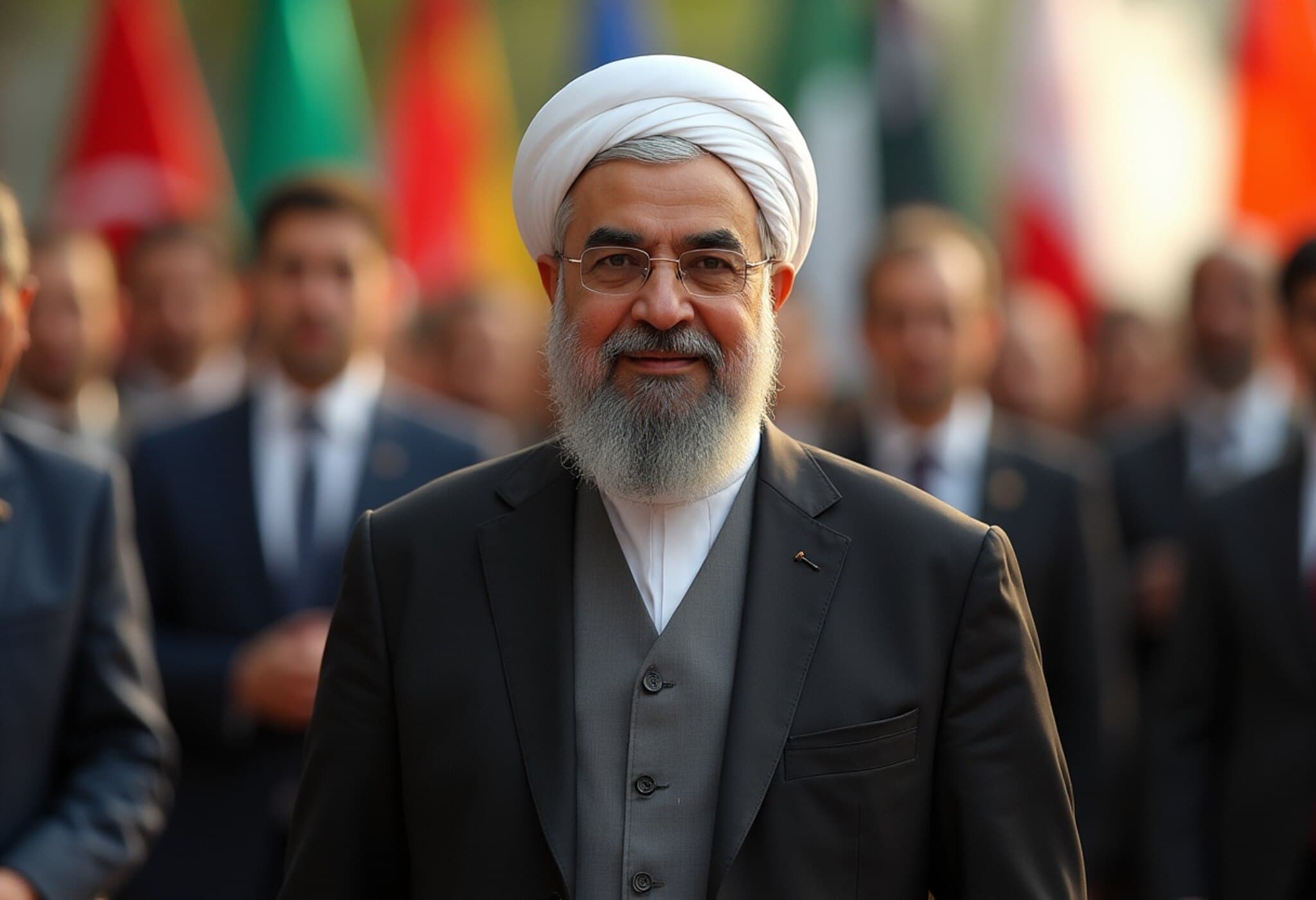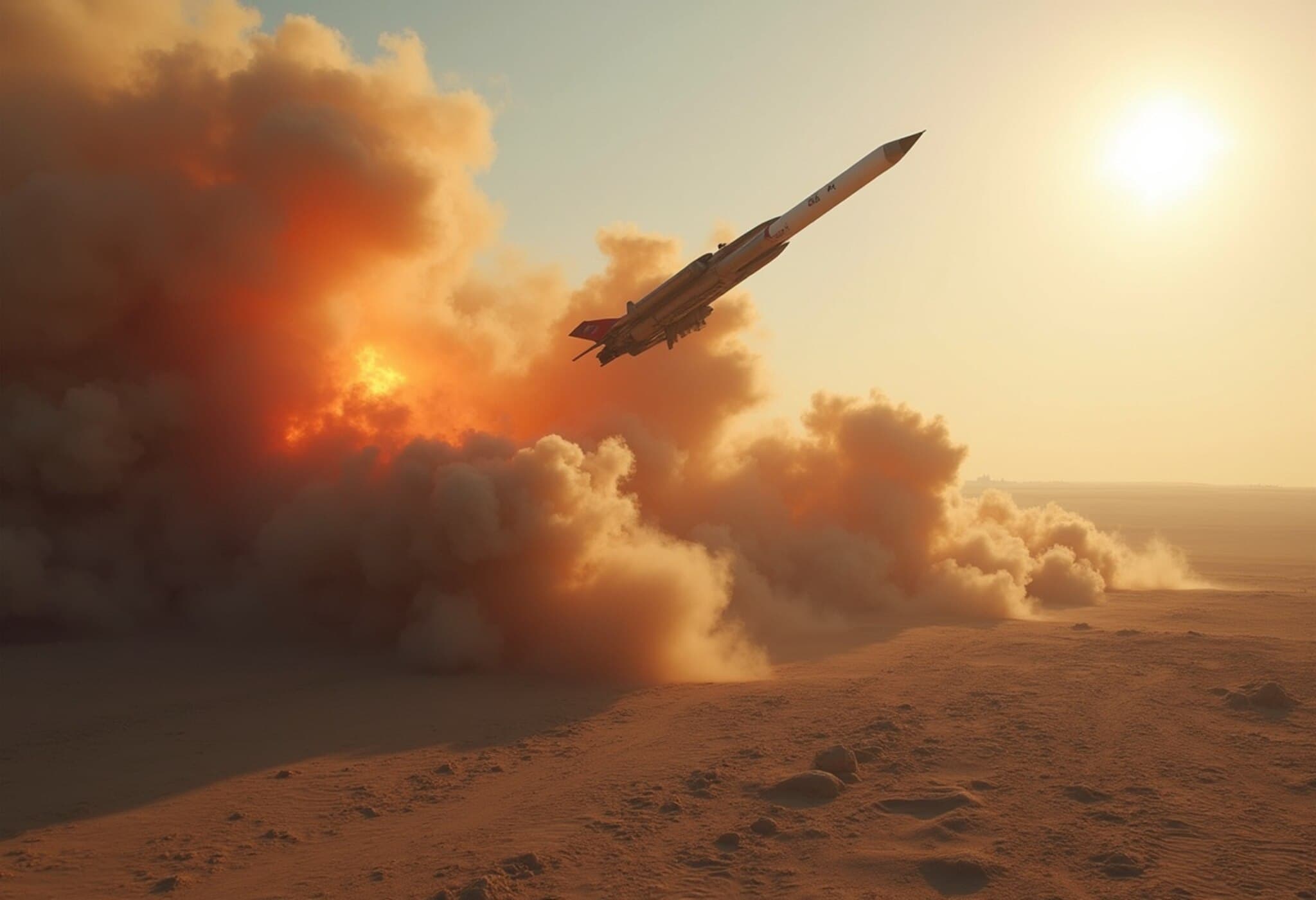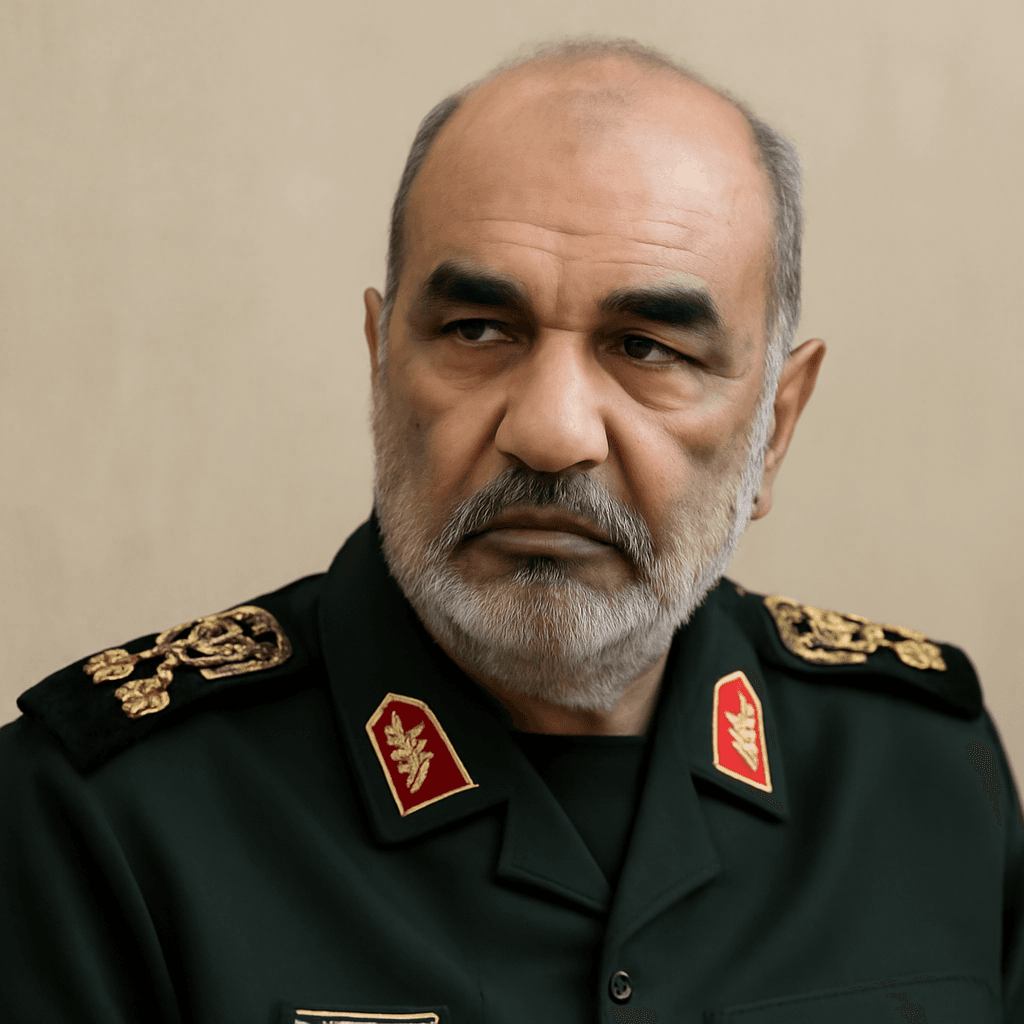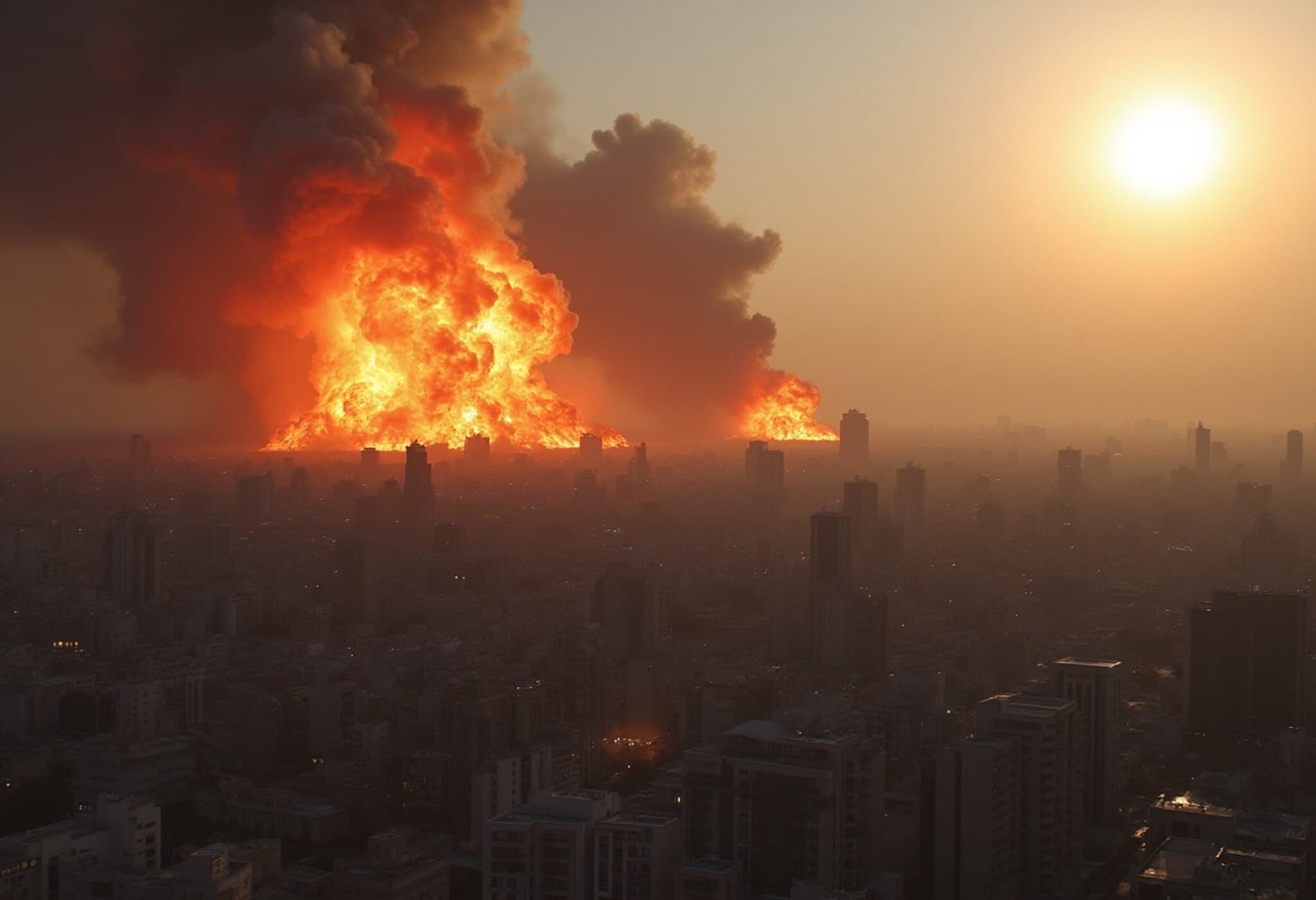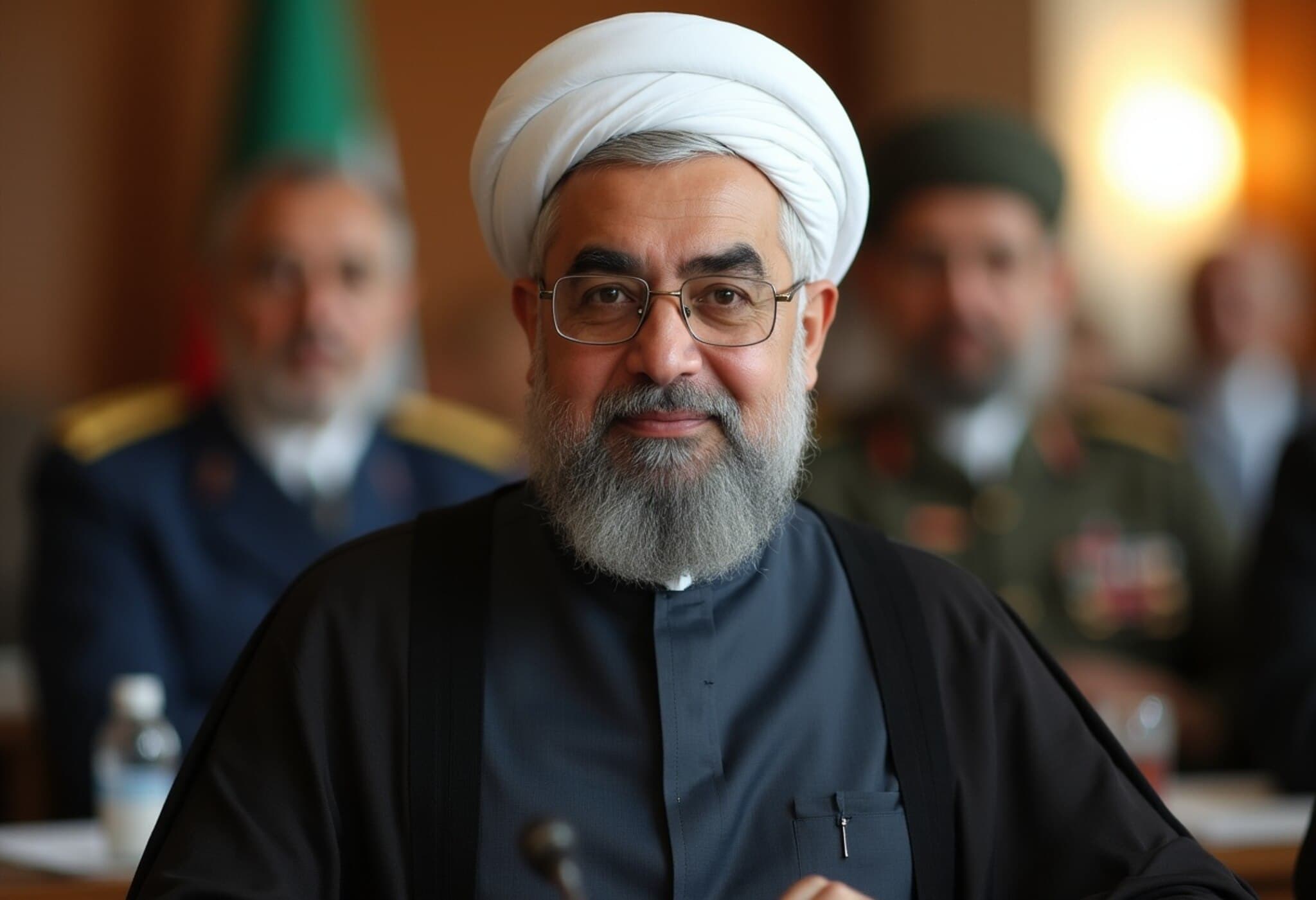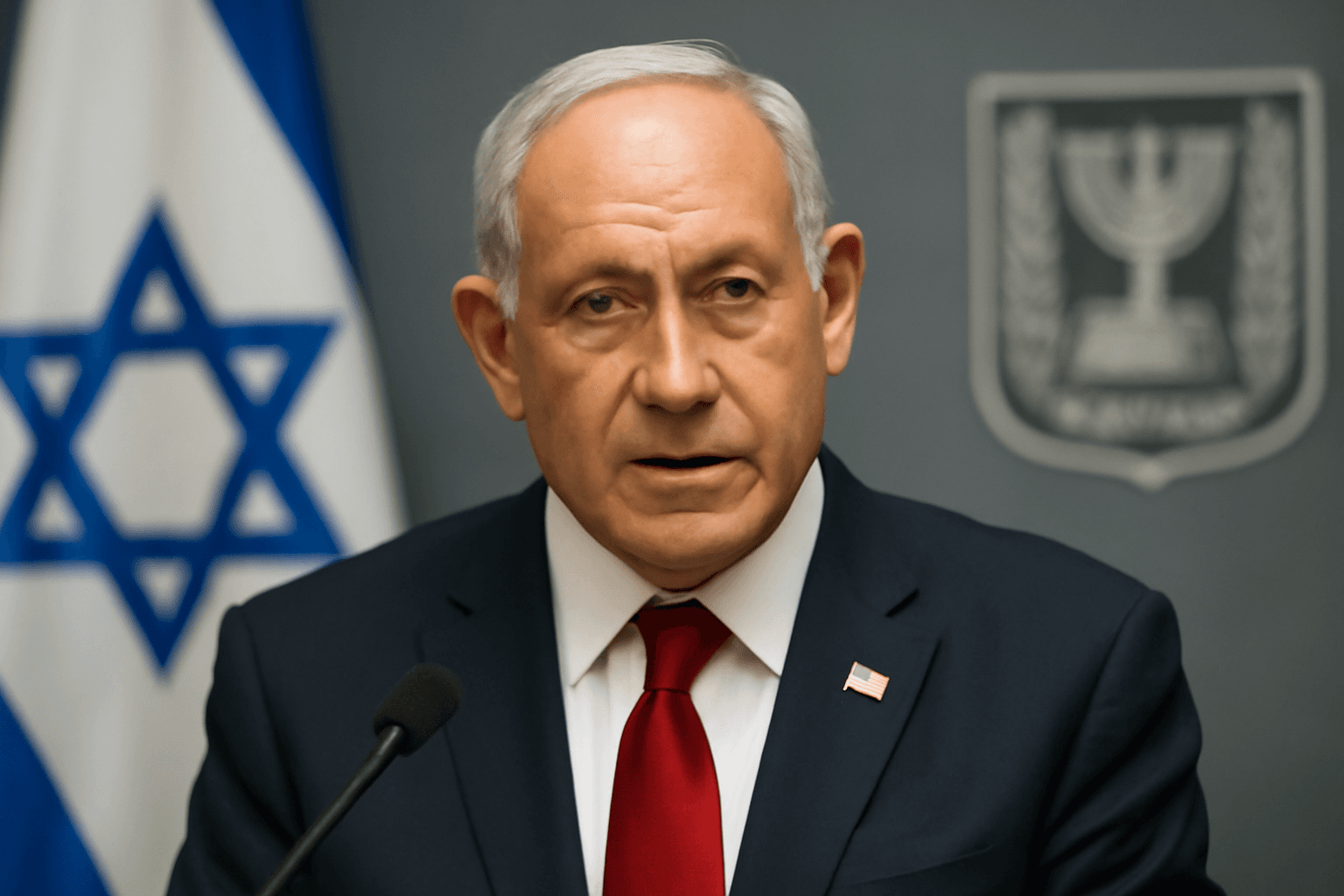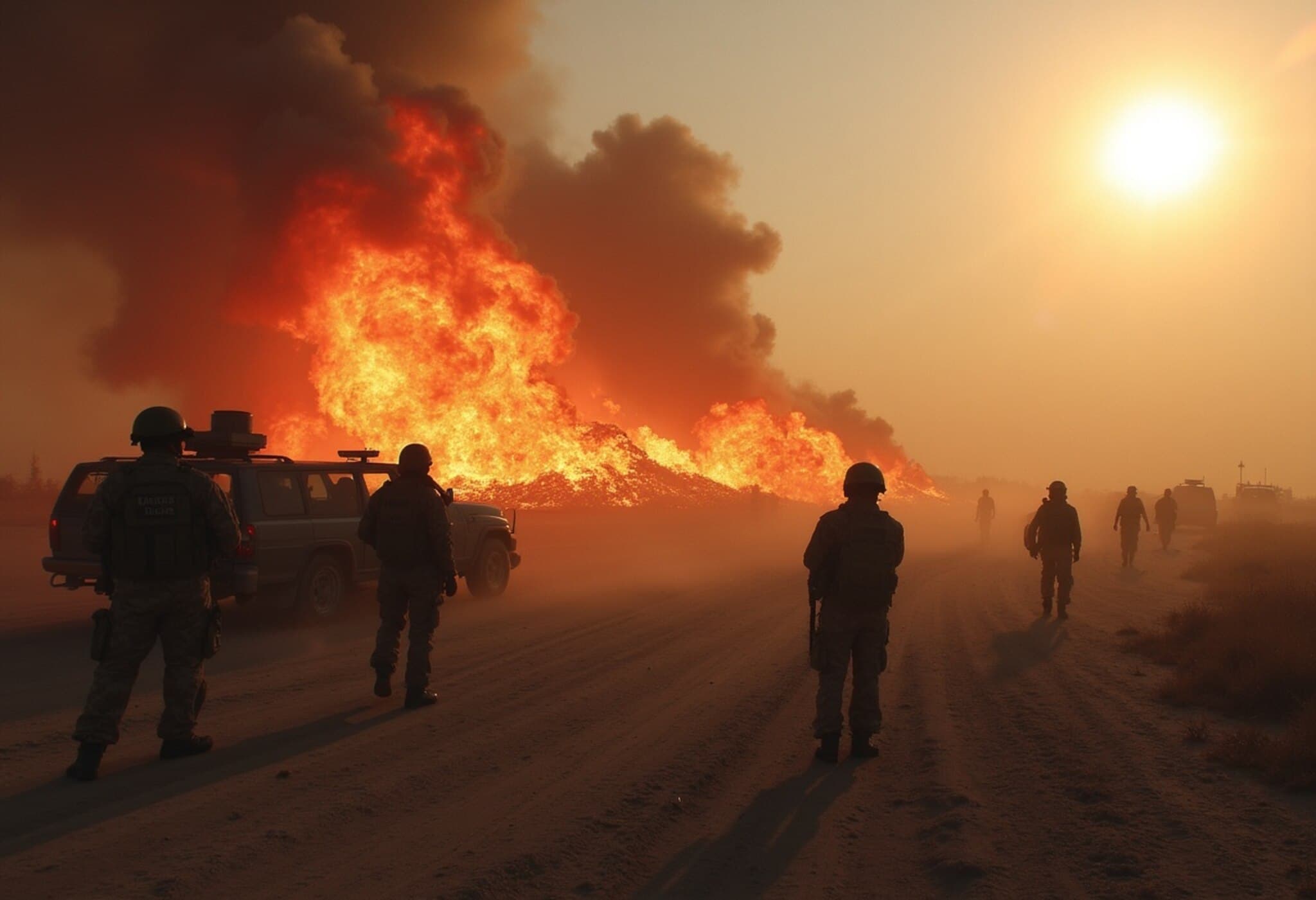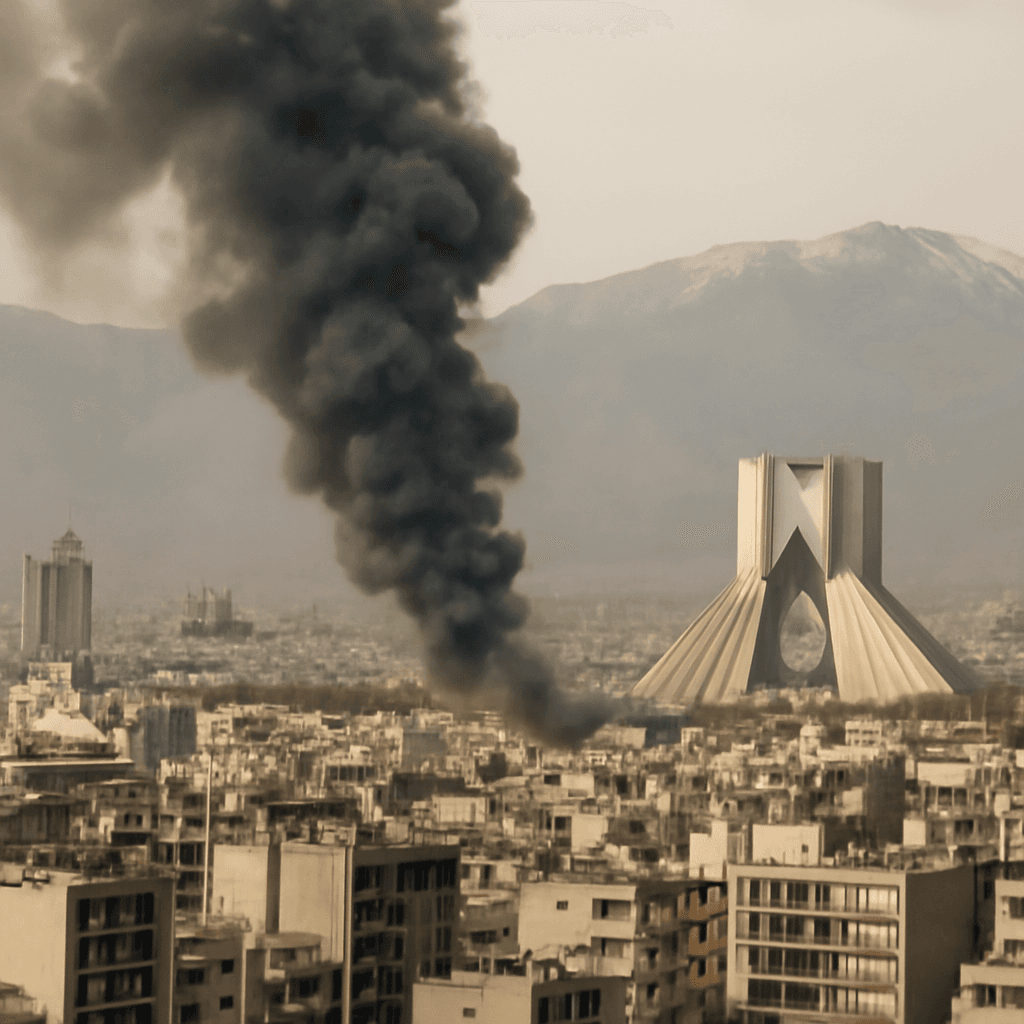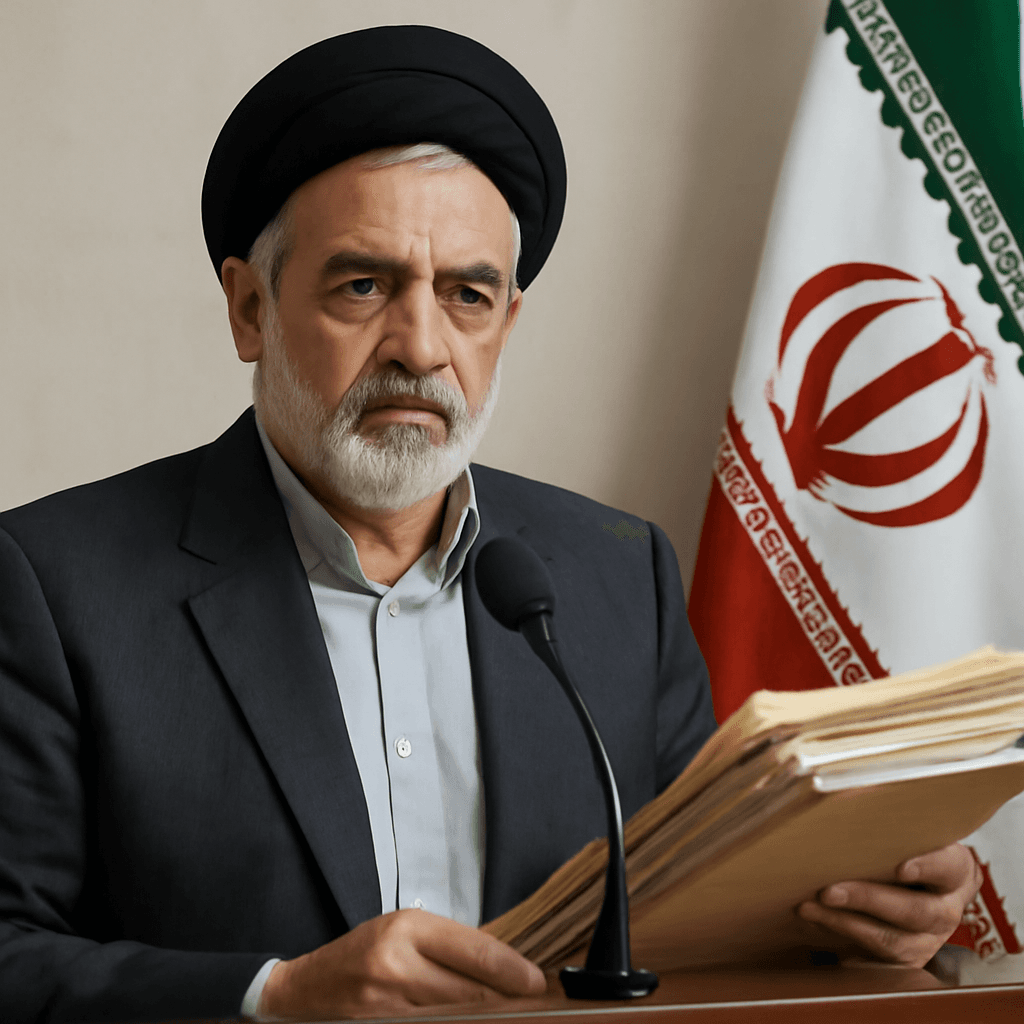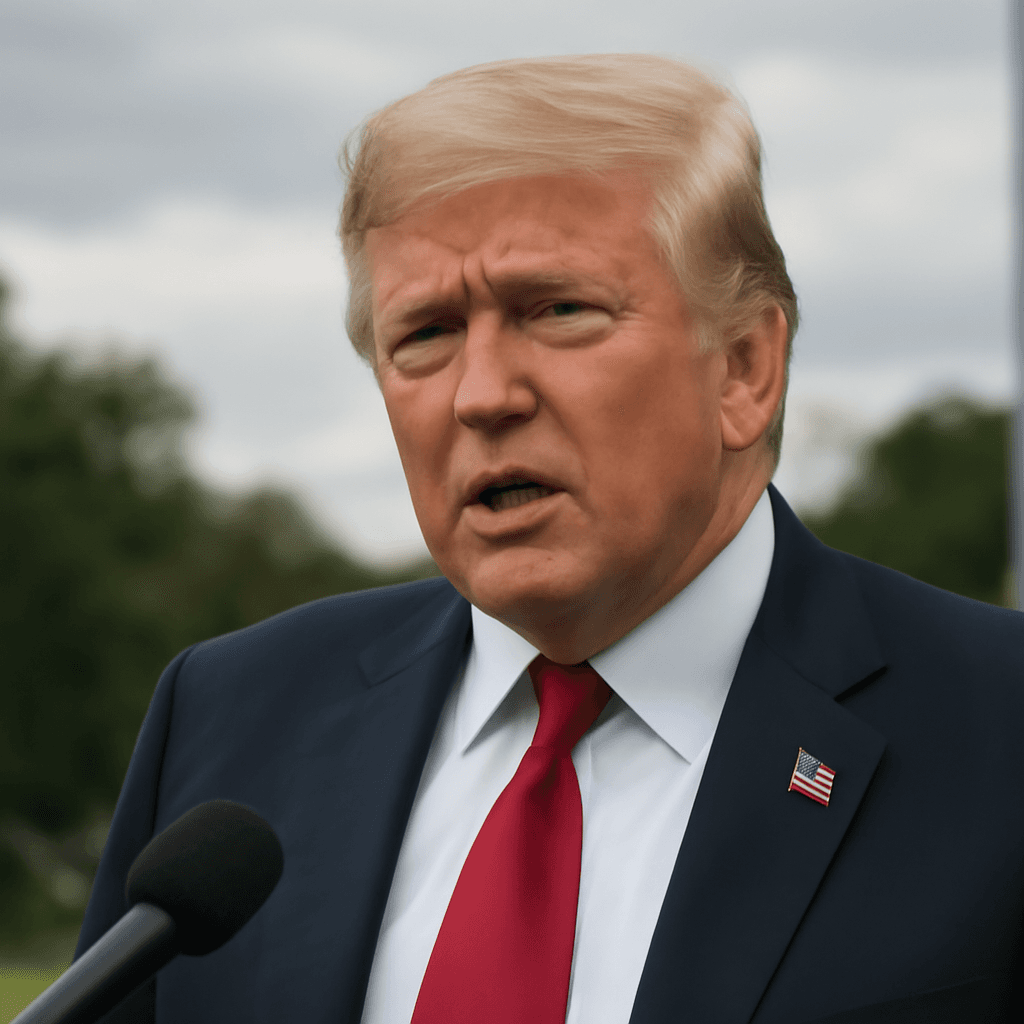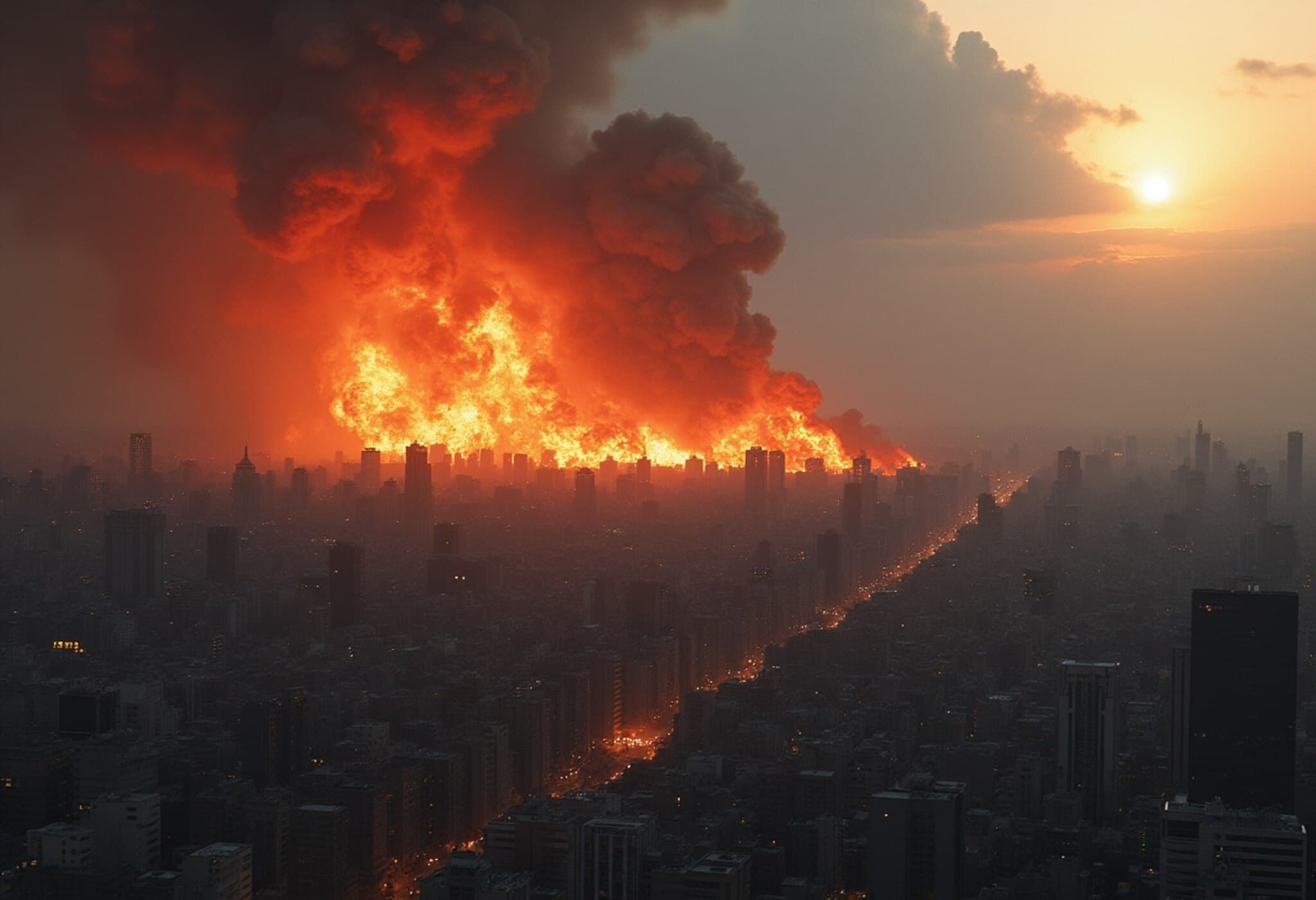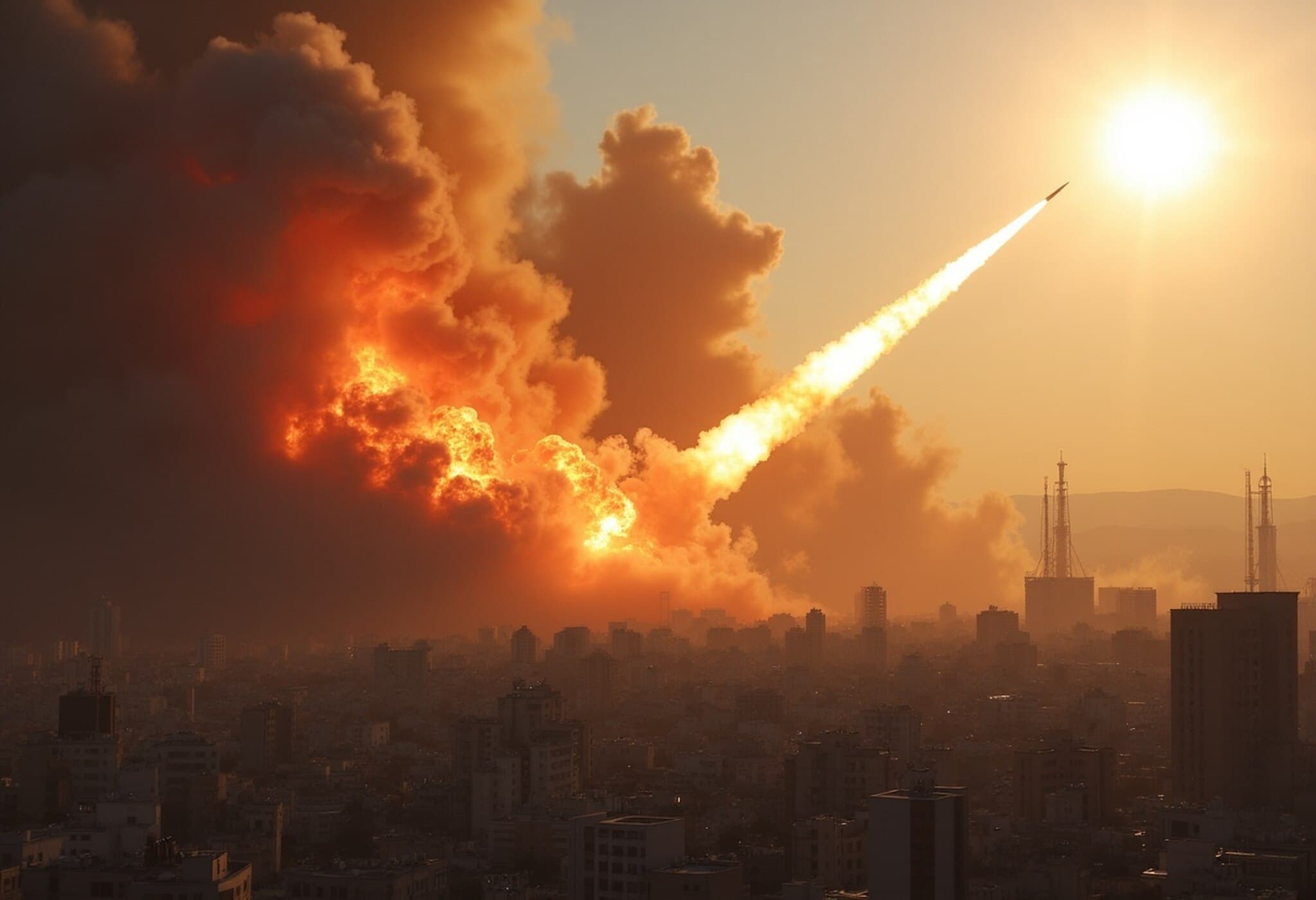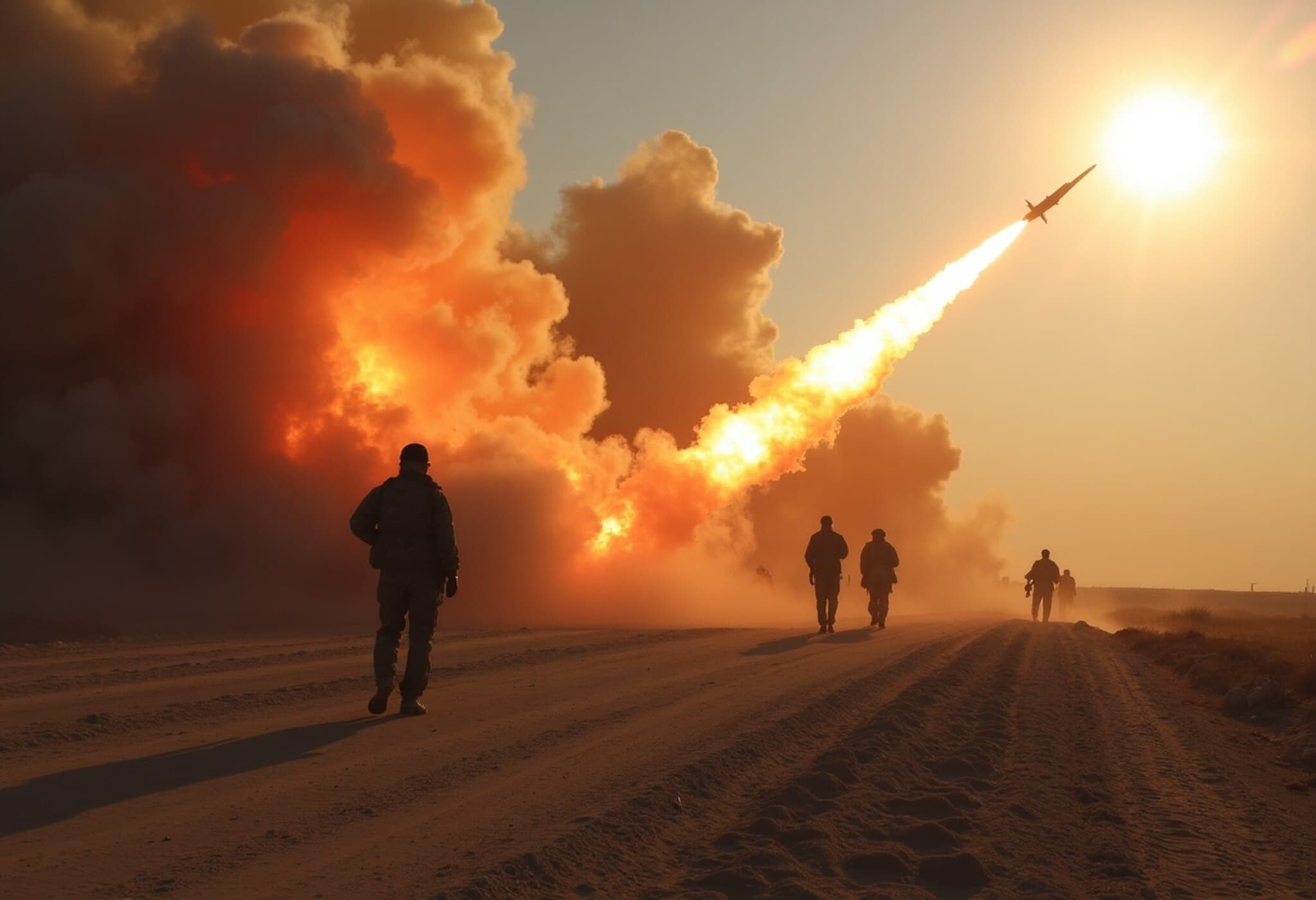US Airstrikes on Iran's Nuclear Sites Ignite Tensions
In a dramatic escalation, the United States conducted airstrikes targeting three critical nuclear sites in Tehran. This direct military involvement marks a significant intensification in regional hostilities. In response, Iran's Supreme Leader Ayatollah Ali Khamenei issued a stern warning of swift retaliation, signaling a tense period ahead.
Tehran’s Immediate Response: Missile Strikes and Strait of Hormuz Closure
Representing the Supreme Leader, Hossein Shariatmadari declared Iran’s plan to strike back "without delay." He revealed intentions to launch missile attacks on the US naval fleet stationed in Bahrain and simultaneously block the Strait of Hormuz, a crucial artery for global oil shipments. This move aims to disrupt passage for American, British, German, and French vessels.
Though Iran has threatened to close the Strait of Hormuz before, it has never acted on these threats. The strait, located between Oman and Iran, connects the Persian Gulf with the Gulf of Oman and the Arabian Sea. Given that nearly 20% of the world’s oil consumption passes through this narrow channel, its closure could shake global energy markets. Major oil exporters including Saudi Arabia, the UAE, Kuwait, Iraq, and Iran rely heavily on this route, primarily exporting to Asia.
Why the Strait of Hormuz is a Strategic Flashpoint
- Links the Persian Gulf with global maritime routes.
- Handles about 20% of the world’s oil supply.
- Hosts the US Fifth Fleet based in Bahrain, responsible for maritime security.
US Officials Sound Alarm Over Potential Strait Closure
American experts have cautioned Iran against attempting to block the Strait of Hormuz. Former Pentagon official Michael Rubin emphasized the severe repercussions Iran would face, calling such a move "suicide." He pointed out that while a shutdown may briefly disrupt fuel supplies to Asia, particularly China and India, alternative sources exist to compensate for these losses.
"Iran itself depends on fuel imports," Rubin noted, making their blockade efforts strategically self-defeating. He stressed that the US is ready to respond decisively, underscoring Iran's limited military capacity to maintain a sustained closure.
Similarly, Jonathan Schanzer, an ex-US Treasury Department official, warned that any attempt to close the strait would trigger "unbelievable force" from the United States. He suggested that allied forces such as Britain and France could swiftly intervene to reopen vital shipping lanes. Schanzer described Iran’s potential blockade as a perilous gamble with dire consequences.
The Broader Context: US Involvement and Regional Fallout
The recent strikes targeted the Fordow, Natanz, and Isfahan nuclear sites—facilities central to Iran’s nuclear program. Notably, Fordow was considered one of the most secretive and fortified nuclear locations, reflective of the US’s commitment and capability in executing such precise strikes.
Following the airstrikes, Iran fired missile attacks towards Israel, triggering sirens and heightened security alerts. The swift retaliation highlights the volatile nature of this conflict, where actions on one side rapidly provoke countermeasures.
Looking Ahead: Risks and Regional Stability
The unfolding situation threatens to destabilize an already fragile region, with global energy markets holding their breath. The strategic importance of the Strait of Hormuz and the military posturing on both sides underscore the high stakes at play. As tensions mount, international eyes remain fixed on how these events will shape the geopolitical landscape.

